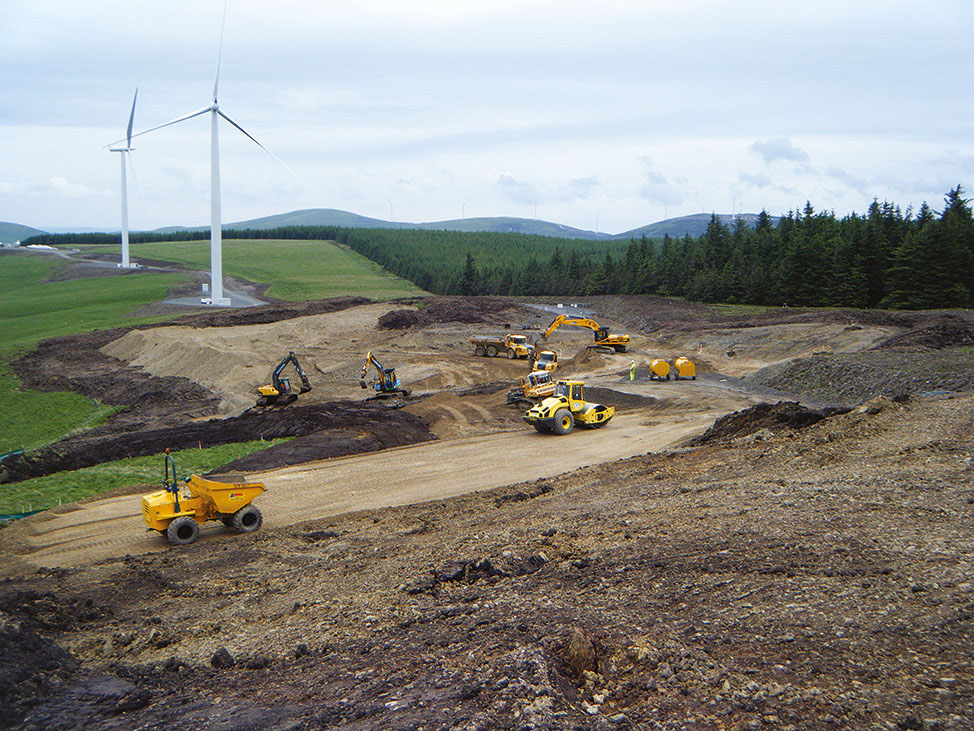‘Sae lofty and wide’
the archaeology of the Clyde Wind Farm
Upper Clyde Valley, South Lanarkshire and the Scottish Borders, Scotland, UK
Abstract
Archaeological investigations undertaken by Headland Archaeology (UK) Ltd as part of the Clyde Wind Farm and Clyde Wind Farm Extension construction project produced a body of evidence that tells the story of human occupation and settlement in the Upper Clyde Valley. The investigations conducted between 2007 and 2015 included evaluations, site excavations, and the monitoring of groundworks across four distinct landscapes: Clyde Valley North (Woodend), Camps Valley, Midlock Valley, and Clyde Valley South (Newton Plantation). The results of this work, together with those from specialist studies and scientific analyses, have allowed for a range of key research questions to be addressed. These include an exploration of prehistoric upland activities, the role of pits and special places, and the development of settlement patterns and structures. Evidence for mobile Mesolithic and Neolithic communities was identified across the landscape with indications of the repeated visitation of specific locations. The role of pits in the creation of special places was particularly evident across Camps and Midlock Valleys. In the 2nd millennium bc, the hillsides were transformed by the creation of platform settlements. Enclosed settlements and hillforts appeared along the banks of the Clyde Valley in the 1st millennium bc marking a distinct shift in the role of landscape in expressing status and identity. In addition to prehistoric remains, limited evidence of early historic metalworking and medieval rural settlement was uncovered. Across all landscapes and periods, the themes of transition and transformation came to the fore, painting an increasingly dynamic picture of life in the Upper Clyde Valley. The scale and complexity of the archaeological works also allowed for a review of current methodologies, including the role of an Archaeological Clerk of Works, with implications for future strategies.





